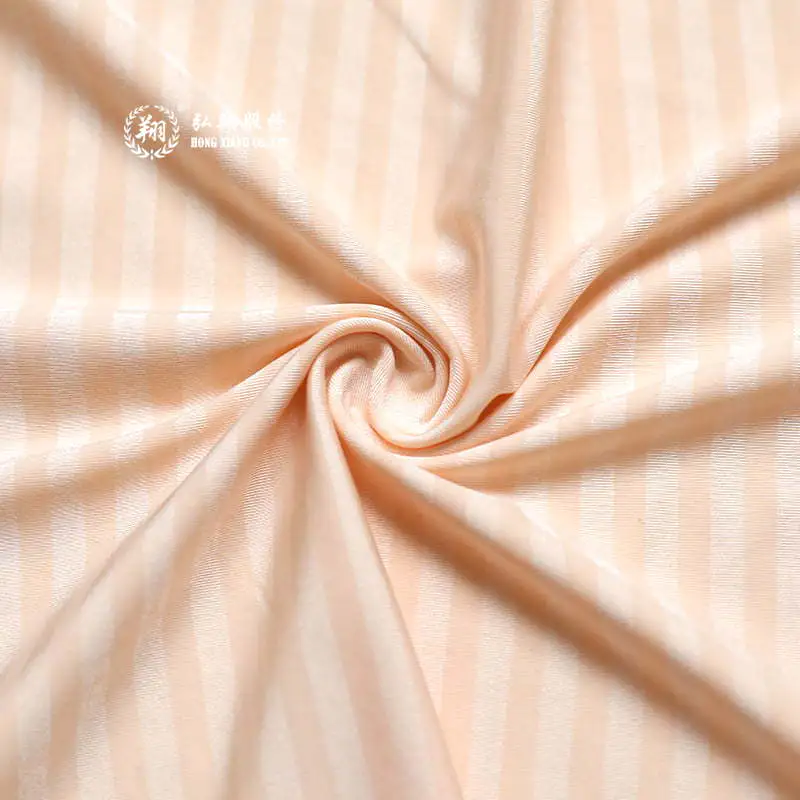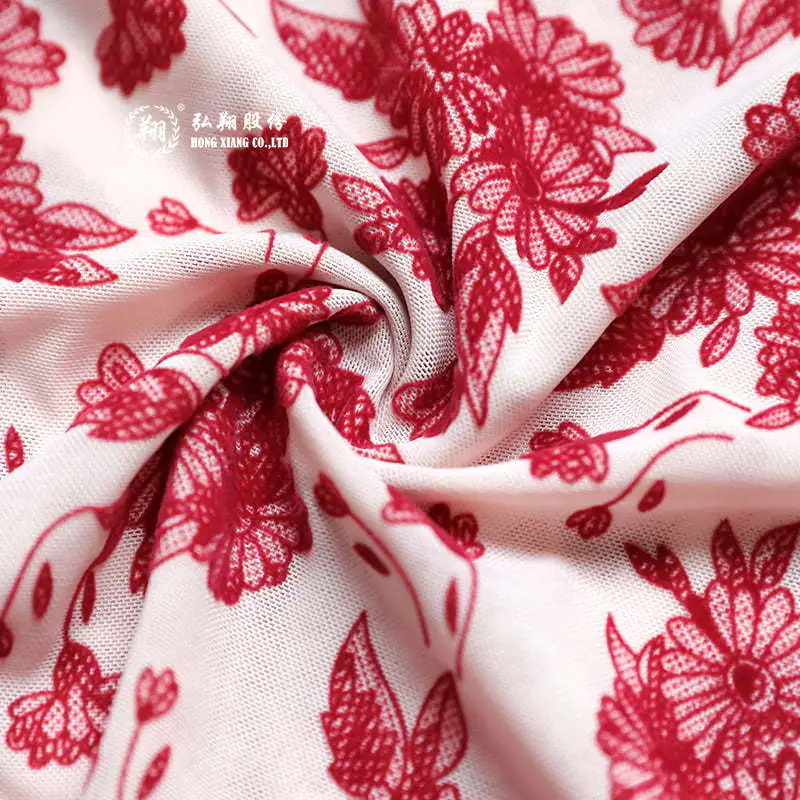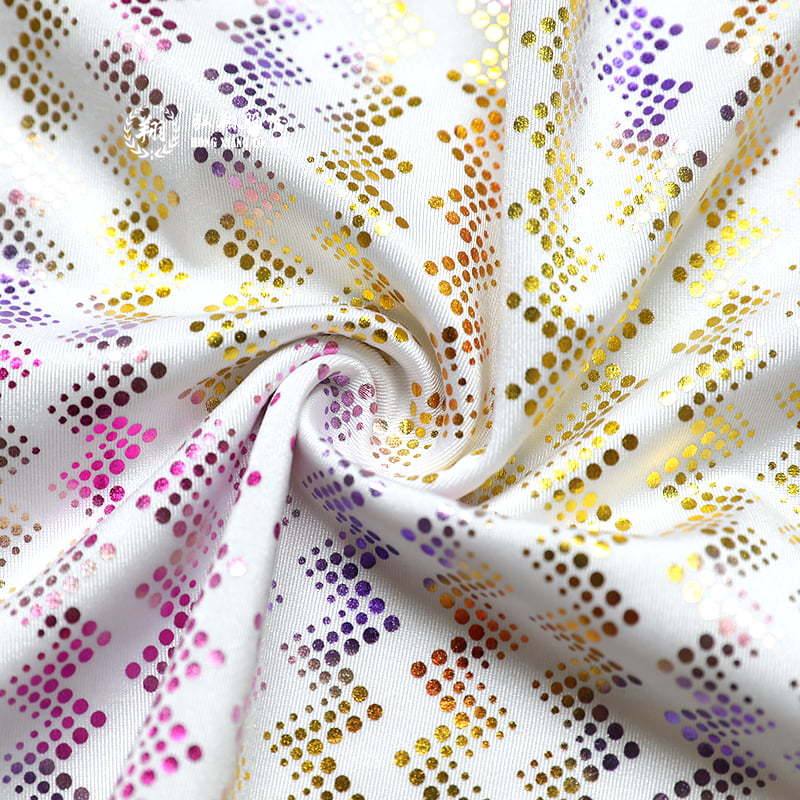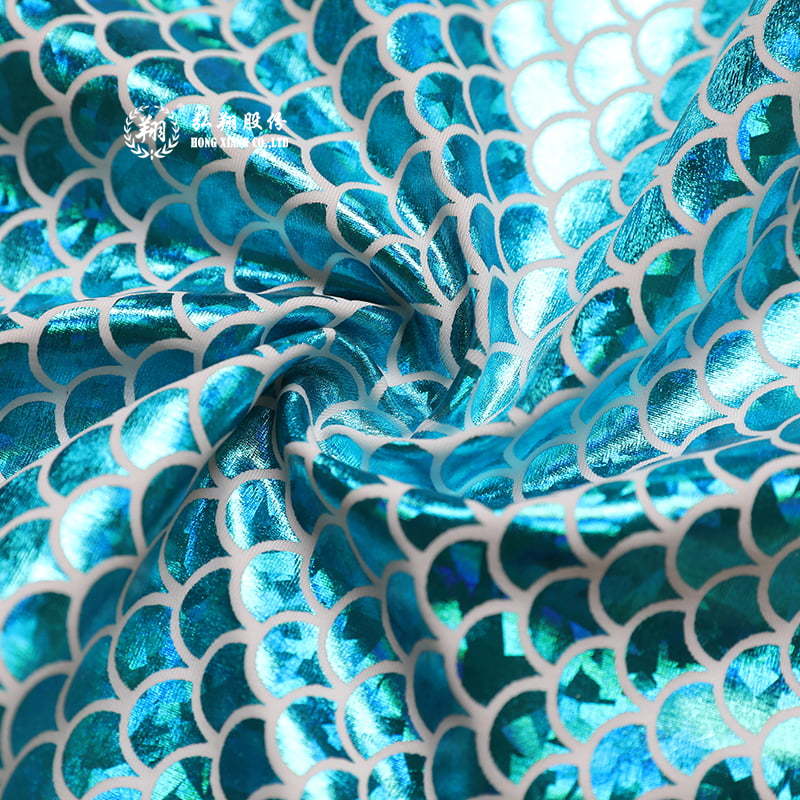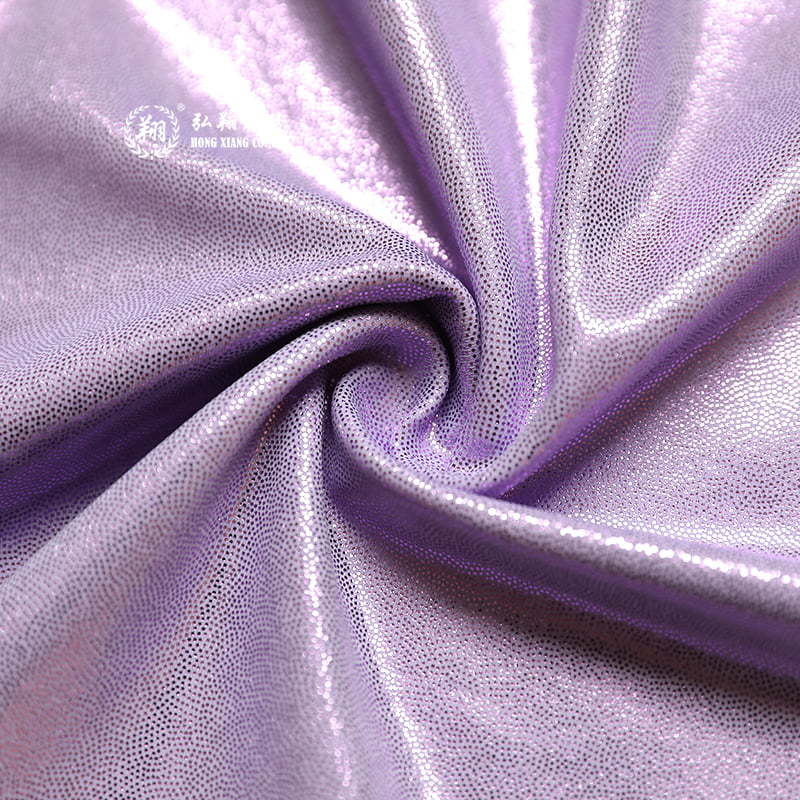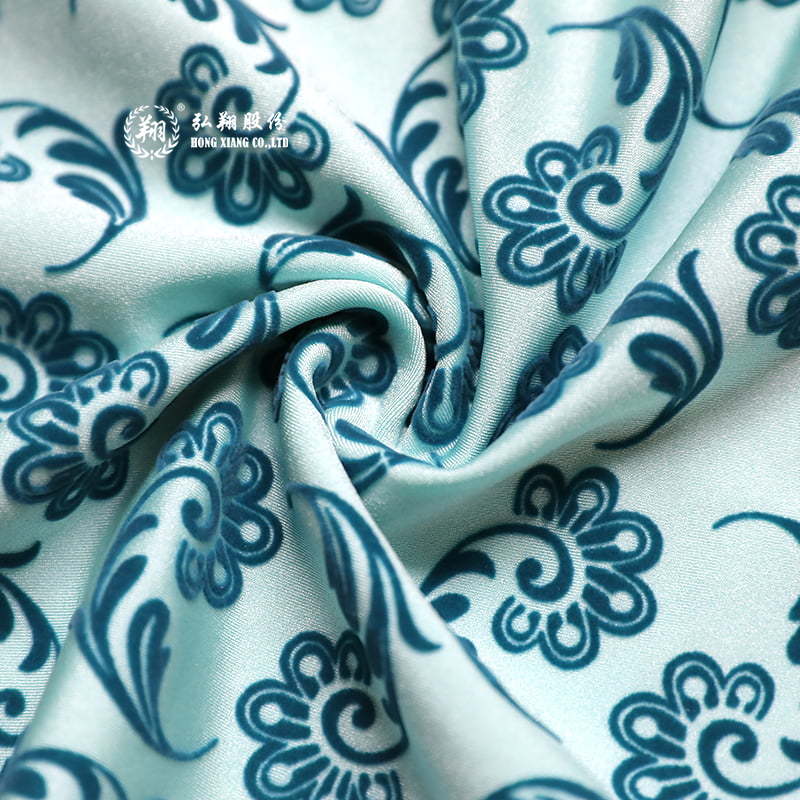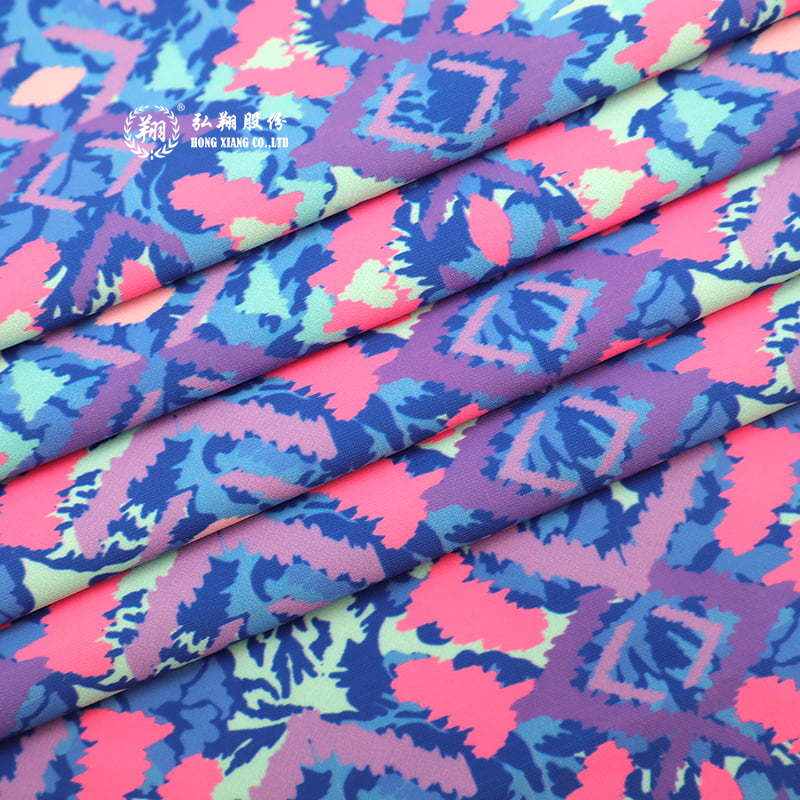Classification of Jacquard Fabrics
Update:31 Mar
Single-color jacquard is a jacquard dyed fabric - a jacquard grey fabric is woven from the jacquard fabric and then dyed and finished. The finished fabric is in solid color; Multicolor jacquard fabrics are colored fabrics. Jacquard fabrics are dyed with yarn, then woven with jacquard fabric, and finally finished. Therefore, colored fabric Jacquard fabrics have more than two colors. The fabric is rich in color, not monotonous, and has a strong three-dimensional sense of pattern, with a higher grade. There is no limit to the width of the fabric. Pure cotton fabrics have slight shrinkage, no pilling, and no fading.
Jacquard fabrics can generally be used for high school clothing production materials or decorative industry materials (such as curtains, sand release materials) Jacquard fabrics have complex manufacturing processes. Yarn and weft yarns are interwoven to form different patterns, concave and convex, weaving more beautiful patterns such as flowers, birds, fish, insects, birds, and animals.
The texture is soft, delicate, and smooth, with a unique texture, good gloss, good drapability and breathability, and high color fastness (yarn dyeing). The pattern of large jacquard fabrics is large and exquisite, with clear color layers and strong three-dimensional sense, while the pattern of small jacquard fabrics is relatively simple.
Satin Fabric: Warp and weft yarns are woven at least once, so the satin weave makes the fabric more dense and therefore thicker. The cost of satin weave products is higher than that of similar flat and bevel weave products. Fabrics woven with satin are collectively referred to as satin fabrics. Satin fabric can be divided into front and back. A complete organizational circle has the least interlacing points and the longest floating lines. The surface of the fabric is almost entirely composed of floating lines of latitude and longitude, and the satin fabric is soft. Satin fabric can be divided into front and back, with a smooth, delicate, and glossy surface. The most common satin fabric is striped satin, or satin for short. It is divided into two types of fabrics: 2.4 meter wide satin noodles and 602.8 meter wide satin noodles. First knit, then dye. This fabric is usually solid colored and has horizontal stripes. Pure cotton fabrics shrink, do not pilling, and do not fade easily.
Satin jacquard fabric
Knowledge of "satin jacquard fabric".
First of all, please understand these three concepts: plain, twill, and satin.
Plain weave fabric: A fabric made of plain weave is called a plain weave fabric. In other words, the warp and weft yarns are interlaced every other yarn (that is, the yarn is 1 up and 1 down). This kind of fabric is characterized by many interlacing points, strong texture, strong scraping force, and smooth surface. High grade embroidery fabrics are generally plain weave fabrics.
Twill fabric: Warp and weft yarns are woven at least once every two yarns, that is, two up and one down or three up and one down. The weave structure of a fabric is changed by adding warp and weft interlacing points, collectively referred to as twill fabric. This kind of cloth is characterized by its thickness and strong sense of organization. There are 30 branches, 40 branches, and 60 branches.
Satin: Warp and weft yarns are interwoven at least once every three yarns, so the satin weave makes the fabric more dense and therefore thicker. Satin weave products have a higher cost than similar plain weave products, and the fabric surface is smooth, delicate, and shiny. Plain, twill, and satin are the three most basic methods of weaving warp and weft. There is no specific distinction between good and bad. Each has its own characteristics, and satin must be a high-quality product of pure cotton fabric.
Let's talk about Gongsatin.
There are four concepts to distinguish between satin: satin, satin, satin, and satin jacquard.
What fabric is satin? Actually, you have already understood through the introduction just now. "Plain, twill, and satin" refers to fabric weave, not specific fabrics.
The most common satin fabric is striped satin, or satin for short. The lines extend horizontally. The process of weaving before dyeing is adopted, and this fabric is generally in solid color. Non pilling, non fading.
There is also a type of satin called satin plaid, which is also a solid color and has a plaid pattern.
Satin and satin are commonly used as raw materials for hotel bedding, with low prices, luxury, and practicality. Satin and satin are also used to make household suits, but they are far less popular than satin jacquard fabrics.
Jacquard fabric: The patterns on the fabric are woven, not ordinary printing or embroidery. When weaving fabrics, the warp and weft weave changes to form a flower box, with fine yarn and high needle density, which does not deform, fade, and are comfortable to use. Jacquard is very popular in the market, and satin bedding appears high-end and tasteful. To distinguish the quality of satin, compare the branching and density of the yarn.
Gongsatin is also about yarn count. First of all, let's talk about the number of branches, which are commonly seen as 30, 40, 60, and so on. For example, some friends also call it 30S, which is the same, no difference! What exactly is a number? This is it.
What I understand:
The count is the standard for yarn thickness. For example, one gram of cotton can be made into 30 pieces of 1 meter long yarn, that is, 30 pieces, while one gram of cotton can be made into 40 pieces of 1 meter long yarn, that is, 40 pieces; One gram of cotton can be made into 60 pieces of 1 meter long yarn, that is, 60 pieces. In fact, the higher the number of yarns, the thinner the yarn. The thinner this yarn fabric is, the softer and more comfortable it becomes. However, high count fabrics require high-quality raw materials (cotton), and the requirements for yarn mills and textile mills are relatively high. Therefore, the cost of fabrics is relatively high. High gauze is not suitable for bedding because it is too thin!
